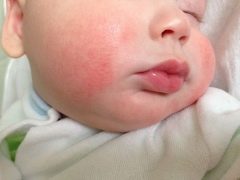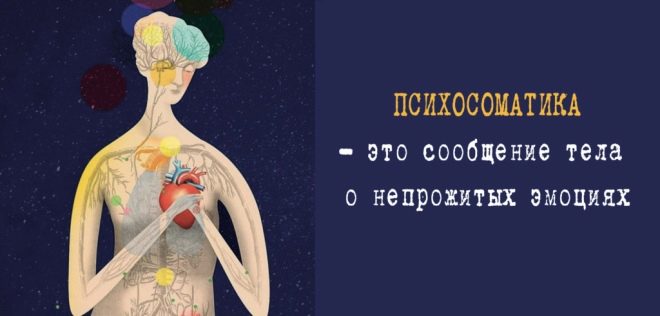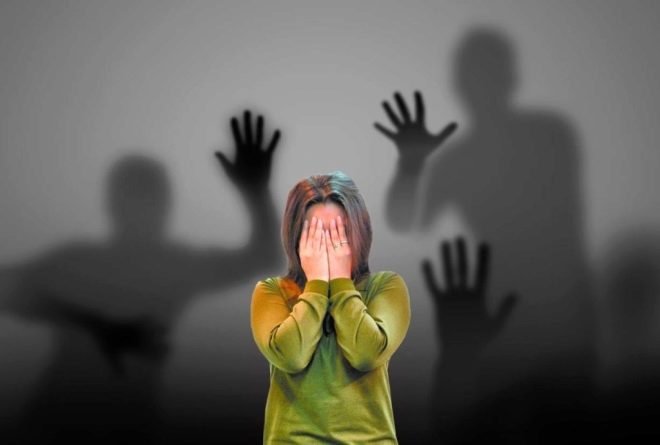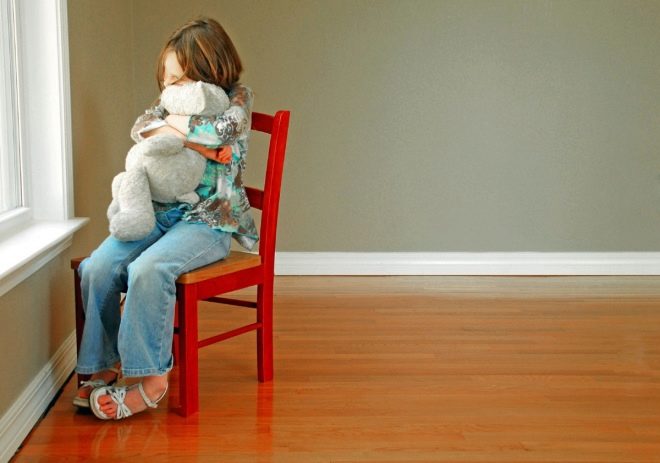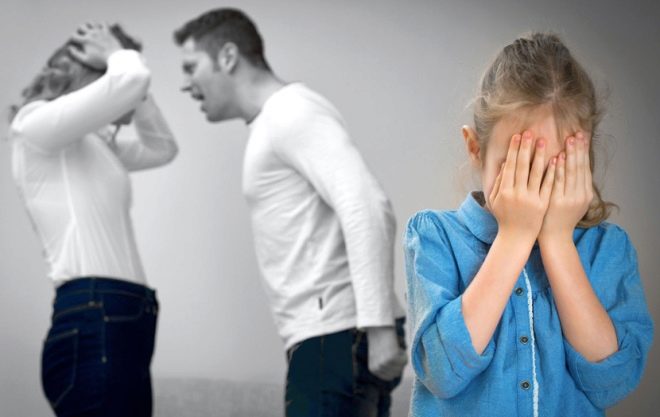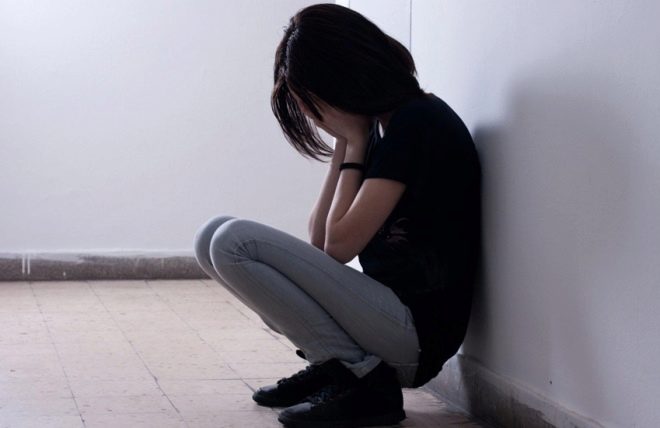Psychosomatics of skin diseases in children and adults
Almost all diseases, including some congenital ones, have a root cause, which you should look for in yourself, in your own psyche, as well as in the relationships that develop with people and the world around you. This relationship is studied by psychosomatic medicine or, as it is called more simply, psychosomatics.
In this article we will consider the probable causes and prerequisites for the development of skin ailments in adults and children, from the point of view of the psychosomatic direction.
Skin in psychosomatic medicine
Psychosomatic medicine allows us to explain what sometimes practicing doctors and laboratory tests cannot explain. The fact of having a disease is not so difficult to establish; today there are many methods and methods for this, equipment, but it’s not always possible to say with certainty why a disease appeared.
It is even more difficult for a highly qualified doctor to explain why the disease is chronic, and also to understand what to do next if you have tried all the methods of treatment and nothing helped to get rid of the problem once and for all. Here is It is in such situations that they talk about the possible psychosomatic origin of the disease..
The close connection between the body and the soul was noted by the doctors of antiquity, it was most actively studied in the XIX-XX centuries, today psychosomatics is given an honorable place between psychology and medicine.
The general concepts of psychosomatics are fairly simple. They point to the influence of destructive psychological programs and thoughts of a person on his physical condition. Negative emotions that are fear, resentment, anger, cause various changes in the functioning of various organs and systems due to the fact that there is internal stress, muscle clamps, metabolic disorders at the cellular level, as well as changes in hormonal levels.
The skin in psychosomatic medicine has a special place. If the blood "is responsible" for the fullness of life positive, joy, health, and immune ills are almost always caused by the fear of being defenseless, skin symbolizes communication with the world. It is the skin that separates everything inside the body from everything outside. This is a borderline.
The skin is littered with nerve receptors, the task of which is to send information to the brain about a person’s environment - air temperature and humidity, about touching someone or something. The condition of the skin reflects the state of many organs and systems.therefore, in psychosomatics, skin diseases are among the most complex and multifaceted, requiring careful attention.
If skin problems in an adult or a child recur frequently, if they are chronic, and all treatment methods do not give a long-term or pronounced result, it is time to understand what is wrong in the patient-world relationship. It should be understood that this is not the world that aggressively affects a person (by the sun’s rays or parasites that have settled on the skin and cause inconvenience), but indermatological problems - in fact, an external manifestation of a person’s internal conflict with the environment, people who are near, his attitude to events, actions, peoplehis perceptions of all this.
When an adult painfully reacts to the world around him, is in conflict with him, dermatological problems begin.
When a child cannot understand his place in this world, he is afraid of him, he also begins to have problems with the skin of his face, body, limbs, and head.
Mechanisms for the development of dermatological problems
Let's look at how any skin problem begins and progresses from the point of view of psychosomatic medicine. Contact with the outside world is broken, while it gives a person some inconvenience - either excessive contact, and this irritates him, or insufficient, and this gives rise to a sense of uselessness, sadness, sadness, self-esteem decreases.
In the first case, if the contact is irritating, unpleasant, intrusive, itchy body, acute skin diseases, allergies may appear. In the second, problem skin almost always has a very specific medical name, and the name means chronic pathology, for example, psoriasis.
There is another mechanism for the development of dermatological ailments - flight from the outside world. If for some reason contact with others (nature, people, a particular person) was painful and brought unpleasant experiences, a person can consciously shut off communication. So, he at the subconscious level creates his own psoriasis or eczema, acne, vitiligo. He understands that the presence of ulcers or blemishes on the skin always scares off others, and therefore creates this protective “cocoon” for himself, so that he is simply left alone and not injured, not hurt anymore.
Please note that the prolonged presence of an irritant in the external environment causes more severe skin diseases.
If you do not eliminate the negative, do not reconsider your relationship with a “toxic” person or your own poisonous emotions, you can also acquire severe extragenital diseases that develop against the background of prolonged and unspoken resentment.
The psychology of people with skin diseases is quite complex. There are few optimists among them, more melancholic people who are not satisfied with themselves, with their profession, with their abilities and relations, more than those who are shy of themselves, do not love themselves, need relationships, but cannot go beyond the limits of the “cocoon” of the chronic dermatological illness they created .
A lot can tell an experienced specialist in the field of psychosomatic medicine and the localization of the disease.
The place where the skin problem is found indicates specific areas of life in which the root cause should be sought.
- On the face - a person closes himself from others, he is deeply traumatized internally, his pain is great.
- On hands - it is necessary to evaluate relationships with other people, with those who are close to the patient, especially with relatives.
- On foot - a person is afraid of the outside world, feels insecure, afraid of losing support, being alone, losing his job, money.
- Skin manifestations on the chest - heavy relationships with the world due to personal offenses, negative experiences in love relationships or emotional attachment.
- On the stomach most often manifest dermatological ailments caused by fears.
Influence of childhood
Ideas about the world, its safety or danger, toxicity or friendliness create parents. It is their model of communication with the outside world and the child accepts.
If mother and father are afraid of everything, they strive to wash off the children of “every germ”, show disgust, urge the baby not to touch something (a cat in the street, a puppy, sand at the entrance), if the family often has the phrase: “Close the window, child will catch a cold ”,“ Do not eat ice cream, your throat will ache ”,“ Do not communicate with Vasya, he is a scoundrel ”,“ They are all guilty! ”, a child is much more likely to suffer from allergies to this evil and unpleasant world. After all, mom and dad, whom he certainly believes, form the world for him just like that - evil and scary, full of threats.
A child grows up with a subconscious belief in this, and then he himself begins to teach his children the same thing.Needless to say, if any person rejects anything around him, this person shows a strong allergic reaction or the skin is covered with acne!
Often the cause of the skin reaction to the world becomes an irritation of the child, which he cannot express in words, but which literally “tears apart” him from the inside every day: parents indicate what and how to do, they force them to go to karate, but they want to do drawing and so on. He can not express to them the whole spectrum of his rejection of the situation, and therefore signals this “skin”, he tries to do everything to draw the attention of adults to his internal problems, hunted down and repressed personal desires.
Too rigorous upbringing, like a hyper-child in childhood, often triggers a mechanism for rejecting the world - “leave me alone, leave.” This is how the “protective” dermatological psychosomatic problem develops.
Teenage insecurity in itself, its beauty and capabilities, in response to the object of first love adds its own drop to self-esteem, and the child covers with pimples and spots, which on a subconscious level are a manifestation of his doubts and dissatisfaction with himself.
Do I have to say that parental models of communication with the world, ideas that are dangerous and what is not, as well as accumulated personal negative experience in adulthood can turn into quite serious and prolonged dermatological problems, which will also be unimportant give in to drug therapy, in any case, until a person finds and removes their first, inner cause.
But what about babies, because they suffer from skin diseases very often, and yet do not have any installations and ideas about the world, no personal experience!
Children are influenced by the attitude of parents to the world, they do not know, but on an intuitive level they feel whether their mother is calm.
If the mother is calm, then the baby is good, the world is safe for him. If the mother is anxious and tries to close the child from the aggressive, in her understanding, the outside world, then the baby will feel a vague anxiety, which he will immediately “notify” with reddened cheeks or a rash on the back.
An infant, as a child is older, may suffer from a lack of touch and attention.and in this case, skin problems will be a call to draw attention to it. In the same way, the baby will react to hypertext or constant conflicts between mom and dad.because it is literally poisoning their parents to tell them that their way of life and type of communication is physically impossible for a child.
Probable causes
Psychosomatic medicine does not call for diagnoses and treating them exclusively with mental work on oneself and relationships with others. It is clear that without the advice of a dermatologist with the appearance of any of the following diagnoses, it is indispensable. No one says that you need to abandon traditional treatment. Just be the integrated approach.
If parents understand why a child is sick, if an adult is aware of why he had a disease, and does everything to eliminate it on a mental level, traditional treatment will be more effective and faster, and the likelihood that the disease will become chronic. will be minimal.
So, most often skin problems have certain prerequisites.
- Atopic dermatitis. Most often it is the brightest manifestation of repressed emotions in relation to something that does not quite suit in the external world. The disease is considered typical childish already because children cannot, by virtue of their age, tell their mom or dad that their behavior, scandals and reactions are uncomfortable for the baby. The more difficult and stressful the psychological situation in the family, the harder it is to eliminate the manifestation of atopy.
- Neurodermatitis and seborrhea. Such states indicate that a person wants to isolate himself from others, he is painful about their statements and actions. The causes of seborrhea and neurodermatitis are largely unknown in medicine, as reported by encyclopedias and reference books. But psychosomatics has an answer - a strong negative reaction to the world around. Seborrheic dermatitis - hostility to someone on the physical level, seborrhea of the head - a serious conflict with the family.
- Dry and oily skin. Excessive (oily) or insufficient (dry skin) need for communication with the outside world. Correction of the communicative sphere is needed.
- Acne. Uncertainty, low self-esteem, inability to love yourself, to accept yourself. Everyone knows that teenage acne is almost useless to treat, not only because of hormonal, but also because of psychological.
Until a child learns to love himself, does not learn to express his feelings freely, pimples will still appear.
- Eczema. Severe irritation or fear that a person cannot express in something or words. Often in adults it occurs as a reaction to unloved, hateful work. In children - always associated with the behavior of mom and dad.
- Fungal infections, streptoderma and other bacterial ailments. Appear not only because of violations of the rules of hygiene, but also of internal “uncleanliness”, lies, cruelty, even children's lies can cause fungal infections of the skin. Of course, the causative agent is one or another fungus, but the soil that is more favorable for it is the eroded immunity, and it is this that is affected by the negative traits described above in human behavior and in its reactions to others. Similar mechanisms to reduce immunity and act with bacterial infection.
- Melanoma. A heavy, “black”, long-term resentment that a person has accumulated on others, on the world in general, or on someone in particular, with whom he often has to contact. Inability or unwillingness to forgive the one who caused this offense.
- Psoriasis. Many researchers associate this disease with the presence of guilt in a person, the desire to become different, the patient ceases to be comfortable in his skin, in its current guise. In children, it develops because of the guilt of not meeting the expectations of the parents, if such requirements and expectations are significantly overestimated.
Often, psoriasis occurs in people who are pathologically squeamish and obsessed with cleanliness - a childish installation about the extreme danger and pollution of the world around.
- Vitiligo. The appearance of a child or adult disease associated with the discoloration of skin, changing their color, says that a person does not feel in his society. And we are talking not only about his society, but also about the world around us, the planet as a whole. There are people who do not feel kinship with this world, or are so offended by it or doubt themselves that they dream of being completely isolated from it.
- Boils, abscess. Purulent inflammatory processes on the skin always say that irreconcilable conflict with the world has reached its highest boiling point. At the same time, a person diligently tries to hide it, suppresses his emotions, tries not to show that he is annoyed by someone, he is offended at someone, angry. Sooner or later an abscess appears, the severity and depth of which depends on the degree of resentment and anger.
- Parasitic diseases (pediculosis, scabies). Lice, subcutaneous mites - only small parasites, can appear at anyone. But systematic infection with such illnesses is a signal that a person is fixated on trifles, is too picky on trifles, worries too much without cause. He is nervous. Hence the myth that lice mainly suffer from nerves.
Lice suffer, and nerves and pettiness are predisposing factors. Itching with this is a sign of obvious dependence on public opinion, when even in small things it is important for a person to remain in the eyes of those around him who, in fact, is not.
How to treat?
It is necessary to discover the true cause and find what it is connected with - with what people, emotions or events. We must learn to forgive ourselves and teach this to our children. The cause that led to the disease is important to “work through.” You can use any of the methods (Sinelnikov, Liz Burbo or Louise Hey), you can go to an appointment with a psychologist or a psychosomatic specialist.
It is important to change your pernicious attitudes to positive ones, to think easy, to thank your illness for the clue.
